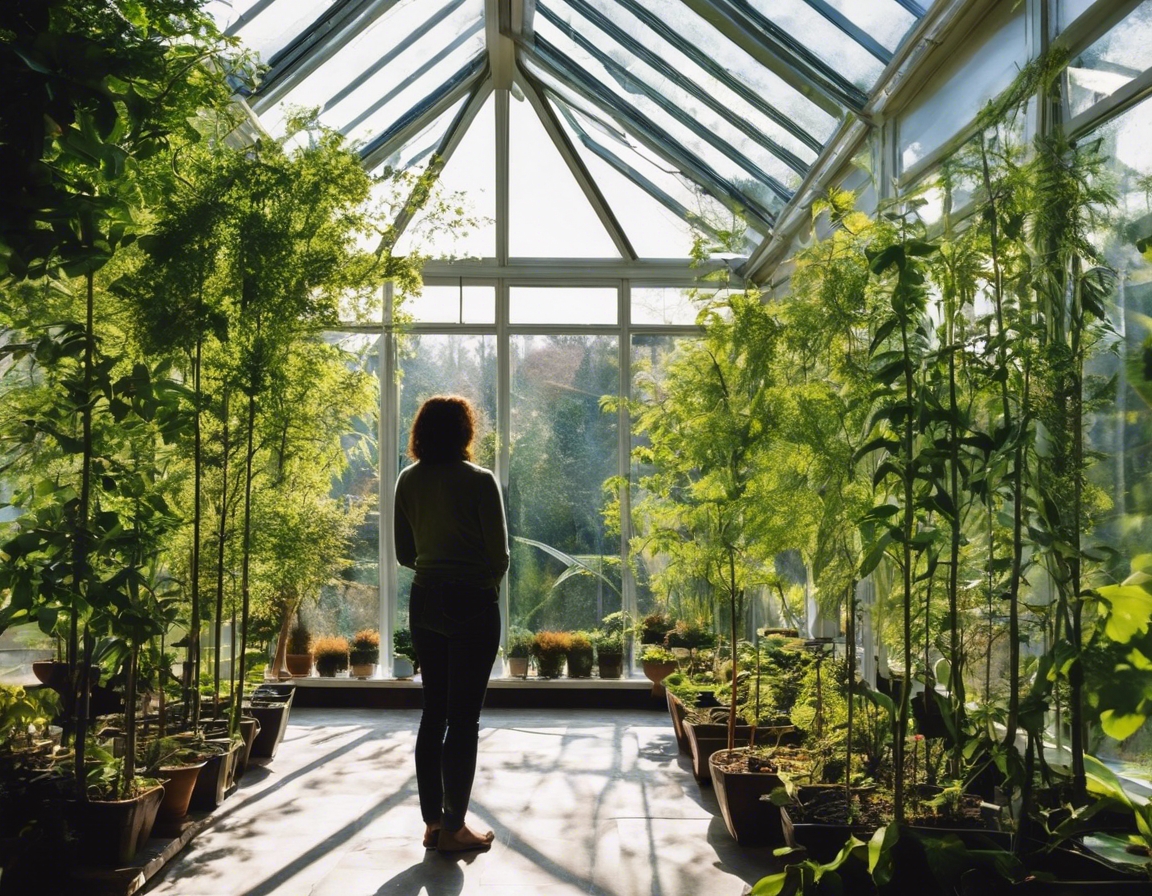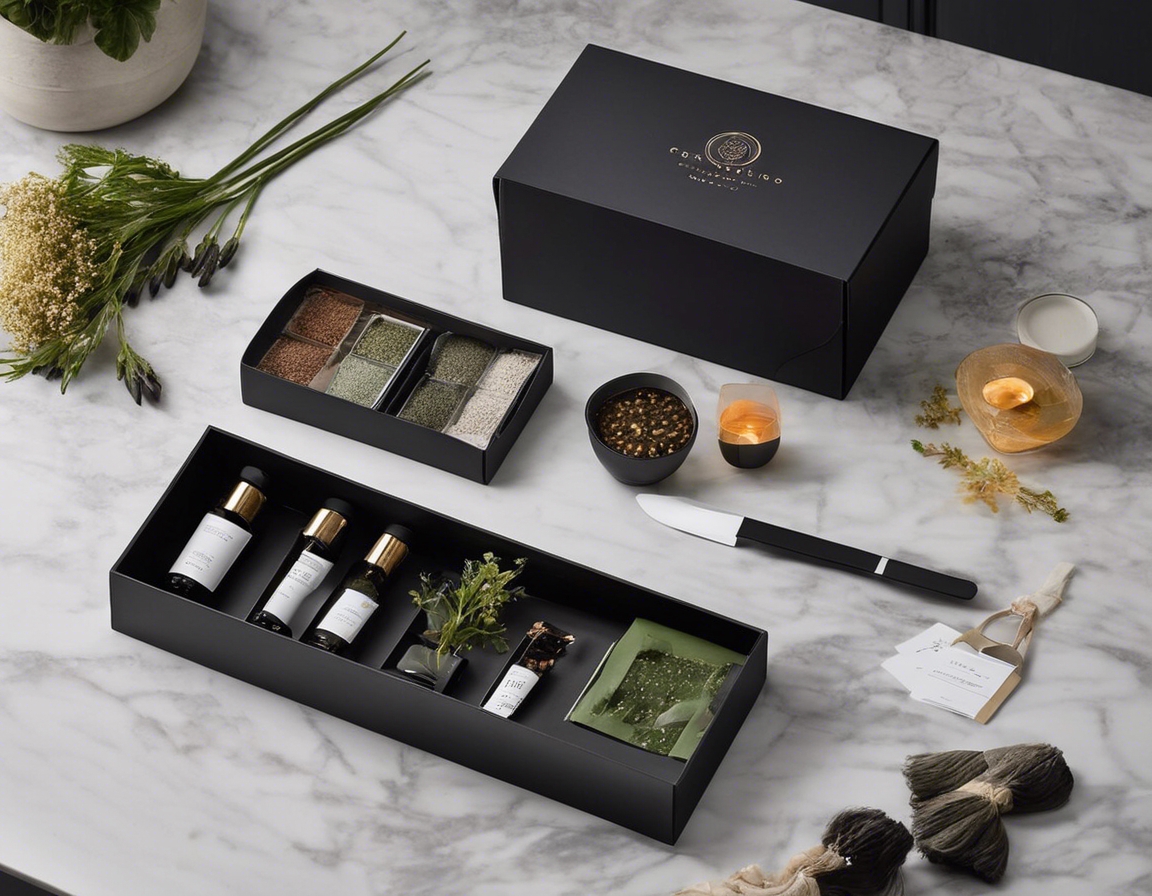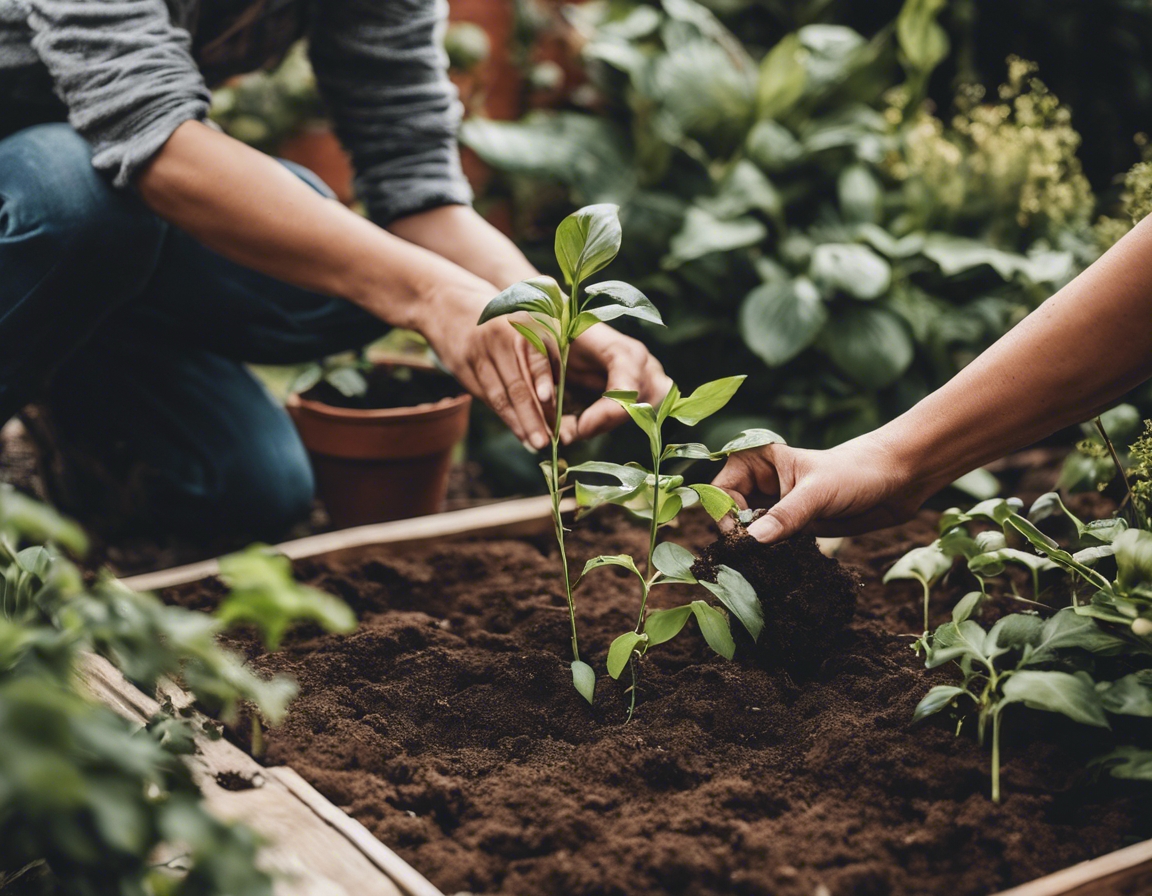The art of flower cultivation: a beginner's guide
Flower cultivation is both an art and a science that involves growing and nurturing flowers from seed to bloom. It requires patience, care, and a bit of know-how to create a thriving garden. This guide will walk you through the fundamental steps to start your own flower garden, ensuring success even if you're a novice.
Growing your own flowers can be incredibly rewarding. Not only does it beautify your surroundings, but it also has therapeutic benefits, encourages biodiversity, and can even provide a potential source of income. Whether you're looking to create a serene retreat or add a splash of color to your landscape, flower gardening is a fulfilling endeavor.
Choosing the Right Flowers for Your Garden
Before you begin, it's crucial to understand your local climate and soil conditions. These factors will greatly influence which flowers will thrive in your garden. Researching native plants and consulting with local nurseries can provide valuable insights into the best choices for your area.
Flowers have varying needs when it comes to sunlight and space. While some flourish in full sun, others prefer shaded areas. Assess the available space in your garden and plan accordingly, ensuring that each plant has enough room to grow without competing for resources.
When selecting flowers, consider their color, texture, and the time of year they bloom. Creating a palette that complements your existing landscape and designing for continuous bloom can provide year-round interest and beauty.
Essential Tools and Supplies for Flower Gardening
Starting with the right tools is essential for effective gardening. A spade, trowel, gloves, and pruning shears are some of the basic tools you'll need. Quality tools can make the process more enjoyable and less labor-intensive.
Healthy soil is the foundation of a successful garden. Soil amendments like compost and fertilizers can enrich your soil, providing the nutrients your flowers need to grow strong and vibrant.
Regular watering is vital, but overwatering can be just as detrimental as under-watering. Invest in a good watering can or hose attachment that allows for gentle watering, mimicking natural rainfall.
Planting Your Flowers
Deciding whether to start from seeds or buy seedlings is a personal choice that depends on your time, budget, and level of experience. Seeds can be more cost-effective, while seedlings offer a head start on the growing season.
Each type of flower has specific planting requirements. Some may need deeper planting holes, while others prefer to be sown directly into the soil. Understanding these nuances is key to successful flower cultivation.
Timing is everything in gardening. Knowing the right time to plant is crucial for ensuring that your flowers bloom at their peak. This often depends on the type of flower and your climate zone.
Maintaining Your Flower Garden
Consistent care is necessary to maintain a healthy garden. Watering and feeding your flowers with the right amount of water and nutrients will support their growth and flowering.
Pruning and deadheading not only keep your garden looking tidy but also encourage more blooms. Regularly removing spent flowers and damaged foliage helps direct the plant's energy towards new growth.
Even the healthiest gardens can encounter pests and diseases. Early identification and treatment are essential to protect your plants. Using eco-friendly solutions can help maintain a balanced ecosystem in your garden.
Enjoying the Fruits of Your Labor
One of the joys of flower gardening is being able to harvest your own blooms for bouquets and arrangements. Learning the best techniques for cutting and preserving flowers will extend their beauty inside your home.
If you find yourself with an abundance of flowers, consider sharing them with friends or selling them at local markets. This can be a wonderful way to connect with your community and share the beauty you've cultivated.






Comments (0)